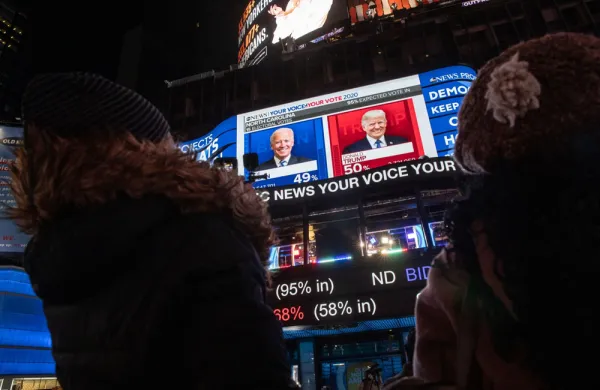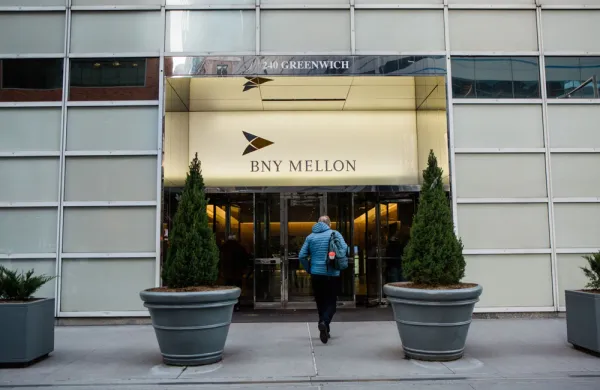With special purpose acquisition companies on the rise and venture firms increasingly taking their portfolio companies public, initial public offering volume came roaring back in 2020.
According to FactSet, the number of IPOs in 2020 — 494 — more than doubled that of 2019. Amid this volume, some institutions, particularly the endowments and foundations with large venture capital allocations, have been left with a “good” problem: significant portfolio concentration in single assets, according to allocators who spoke with Institutional Investor.
“There are about ten to twelve good venture capital funds that everyone wishes they were invested in,” said Gino Reinam, a portfolio manager at Secor Asset Management. “Good endowments and foundations are in them.”
When one of those venture funds takes a company like Airbnb public, its valuation may rise, leaving the venture fund’s investors with one or two percent of their total portfolio invested in a single asset, according to Reinam, as well as Verger Capital Management’s Taylor Jackson and TIFF Investment Management’s Brendon Parry.
The problem is that a venture firm does not immediately release those shares to their investors, instead keeping them locked up for a set period. The way an allocator may normally handle concentration — selling down a position — isn’t available.
“When it goes public and you’re in lock-up, the stock may go up, down, or sideways,” said Parry, TIFF’s managing director of private investments, by phone.
TIFF, which often invests in seed and series A venture assets, has been through the IPO process several times. According to Parry, it makes sense that a venture or private equity firm holds onto shares after an IPO. If they didn’t, he said, a large sell-off could tank the portfolio company’s stock.
Verger has seen a recent uptick in companies taken public in the portfolios the firm manages for endowments and foundations, according to investment officer Jackson. Verger was founded in 2014, so its early-stage investments are just now starting to go public.
Venture capital funds can’t sell shares of a company that has gone public during the lock-up period. According to Parry, most of them will then distribute these shares in kind, and the limited partners have to figure out what they will do with those holdings.
[II Deep Dive: Buyout Firms Take ‘Surprisingly Long’ to Exit Post-IPO Holdings — All While Raking in Fees]
Allocators may wish to hedge risks involved with holding a portfolio that has a concentration of companies that have gone public.
“There’s a lot of complexity to hedge these positions or to take any action to mitigate the downside risk,” Parry said. “While we talk about it, we have not engaged in any sort of hedging out the risk. We just accept that temporarily we have an oversized position in a company, and then we’ll try to sell that down.”
According to Parry, the cost of hedging is too high to be worth doing, particularly because there is uncertainty surrounding when a venture firm will return shares to TIFF. Others, including Verger and Secor, choose to hedge their positions, although, as Parry noted, it’s not simple.
An allocator could implement an options strategy called a variable prepaid forward contract, which helps them gain cash on shares while deferring tax consequences, according to Jamie Lewin, head of BNY Mellon Investor Solutions. They may also opt for a so-called collar, an options trading strategy that involves limiting the upside and the downside with puts and calls.
“While that collar is in place, I can slowly but surely divest, knowing that during that program, I know that I’ve locked in the value of this asset between two set points,” Lewin said.
Secor uses a version of this strategy. According to Reina’s colleagues, Parth Purohit and Scott Freemon, the firm uses a “put-spread-collar” to help protect it from the downside while providing more room to reap larger gains than it would with an ordinary options collar.
Normally this strategy, which involves selling call and buying puts, is expensive to execute, according to Purohit and Freemon. But they said retail investors’ increased demand for call options has helped lower its cost.
Regardless of the strategy, “you have to be prepared to manage those risks,” Jackson said. “We see those opportunities as a good problem to have.”







